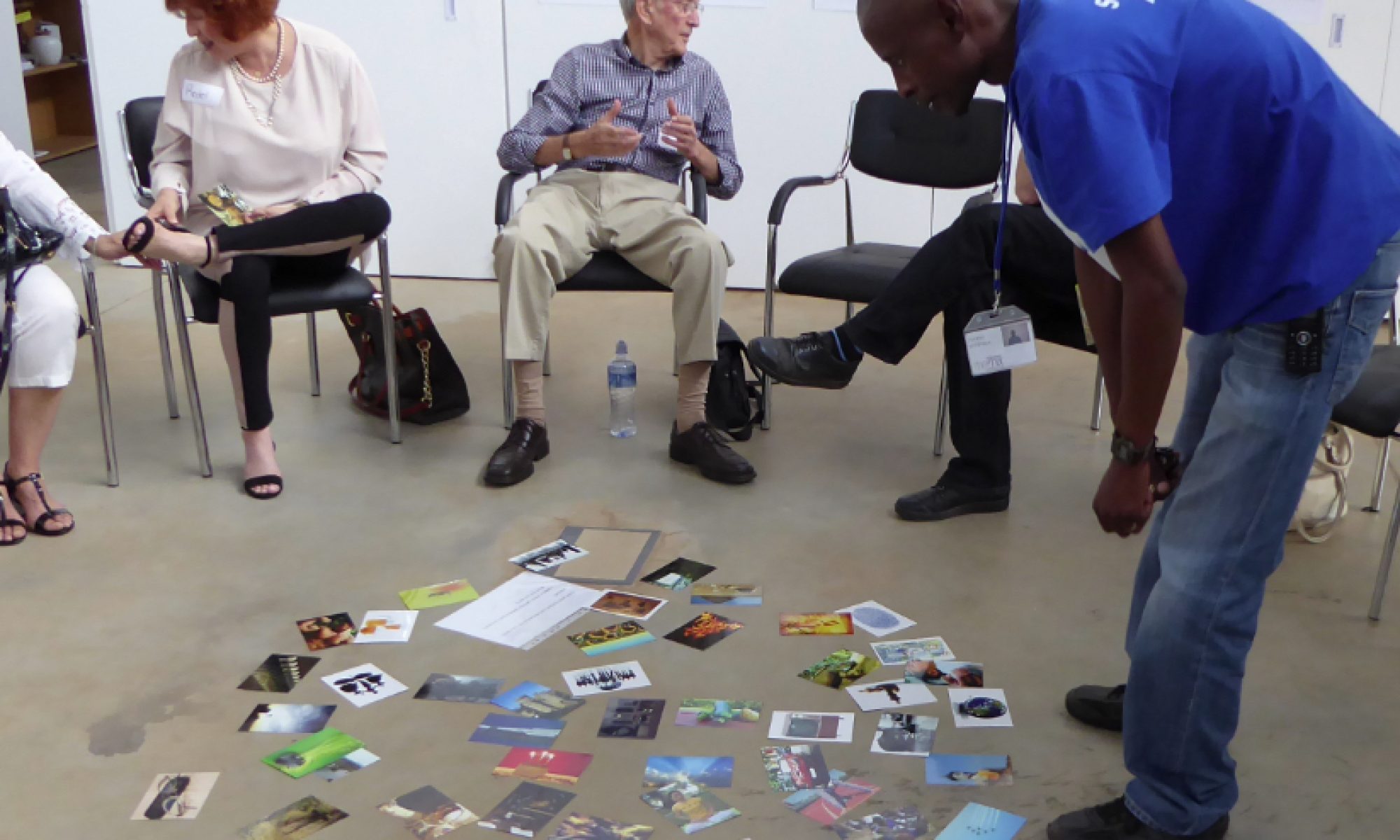Goal:
• Encourages risk taking and creating a safe climate.
• Develops creative thinking.
Overview:
Participants make a circle around an arbitrary object like an empty water bottle. Each participant gets a chance to step forward and demonstrate what else the object could be.
Time: 10 – 20 minutes
Number of participants: 4 – 12 (if there are more than 12 divide them in smaller circles)
Game flow:
Have the participants stand in a circle. Place an arbitrary object in the middle of the circle. Anything like an empty bottle or a kitchen appliance will do the trick. Tell them that everyone will get a chance to step forward pick up the object and say “This is not a …. (Bottle for example) this is a …( instead of talking, the participant shows with action what the object might be). For example if it is a telescope the participant can hold it in front of his/her eye and look around the room. other participants call out what they think the object is until they get it right or they give up. The participant with the object then confirms what it was and returns the object to the middle of the circle.
Tips:
Tell the participants that everyone must come up with at least 3 different ideas. This stretches them to really think creatively and challenges their belief of what is actually possible and plausible. Most participants will think it will be impossible for everyone to come up with 3 different ideas. Where in fact there are endless possibilities.
Treat each suggestion as equally creative and encourage the participants to support each other by applauding after every demonstration.
Debrief questions:
• What was interesting about the exercise?
• How did it feel to participate?
• What made it difficult?
• What helped to make it easier?

